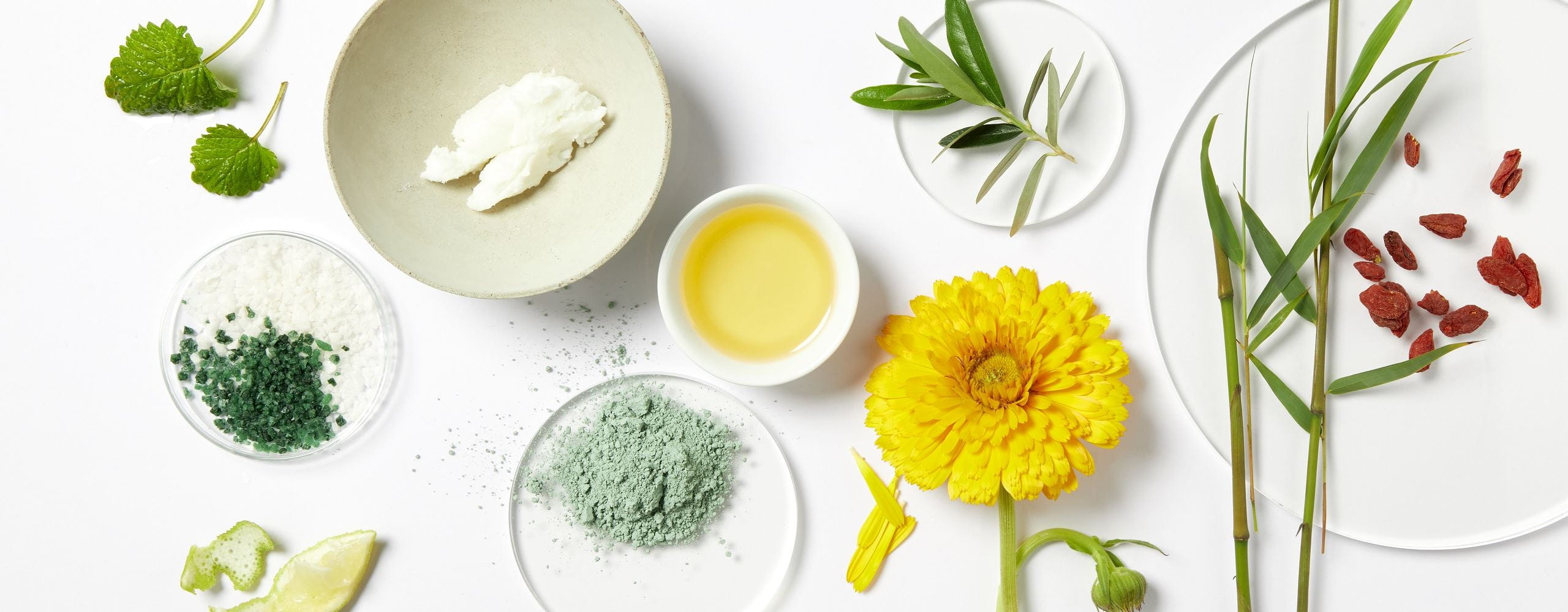Ingredients based on mineral oils are fats of fossil origin. The highly-purified ingredients come in different forms (oils, gels&hel
lip;) and are
colorless, odorless and tasteless. The most known mineral oil used in cosmetic products is paraffinum l
iquidum.
There are two types: mineral synthetic oils, which are perfectly
pure from their production, and mineral oils from petrochemicals. The latter are refined mineral oils that are obtained after the purification of fossil materials such as coal, crude oil or
natural gas. The mineral oils in our cosmetic products are of pharmaceutical grade and thus very
pure.
Main property of this ingredient group is to
protect the
skin from de
hydration. In addition, these ingredients improve the quality of textures and are efficient for cleansing and for removing make-up.
To identify these ingredients in our products, take a look at the ingredients list on packaging. You can easily identify mineral-oil based ingredients by names such as "paraffinum l
iquidum", "cera microcristallina", "ozokerite", "paraffin" and "synthetic wax".


